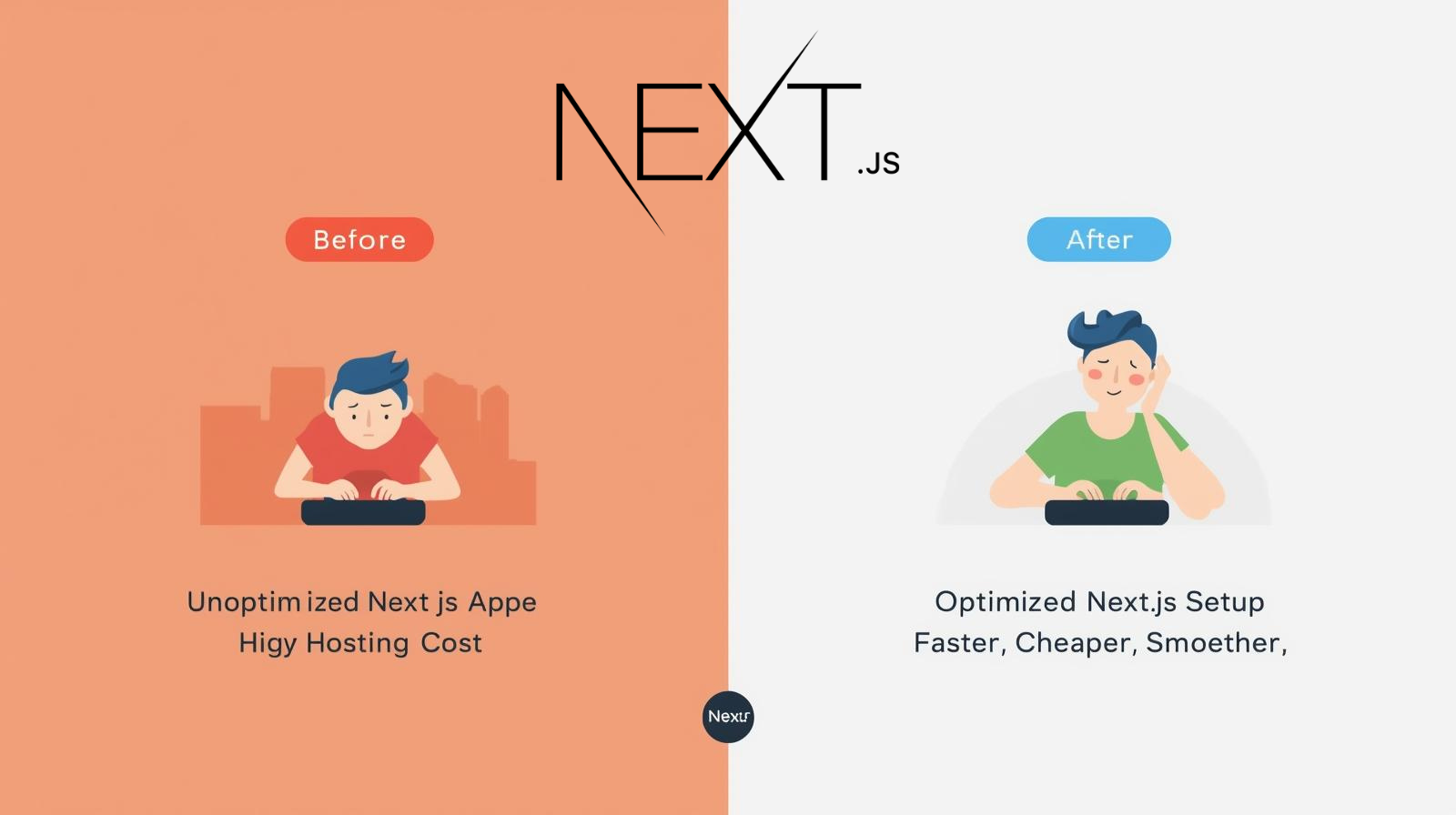How i Set Up Authentication in Next js using Kinde Auth with Examples

Authentication is essential for modern web applications. With Next.js introducing the App Router and improved middleware support, implementing authentication is now smoother than ever. In this guide, we'll walk through a real-world setup using Kinde Auth and explore a few alternative solutions like Supabase Auth, Clerk, and Auth.js.
Why Choose Kinde Auth for Next js?
Kinde offers a flexible authentication platform with built-in multi-factor authentication (MFA), role-based access control, and seamless integration with modern frameworks like Next.js. It's designed for developers who need security and scalability without complexity.
Setting Up Kinde Auth in Next js 15?
Step 1: Create a Kinde Project
- Sign up at Kinde.
- Create a new project and note down:
- Kinde Domain
- Client ID
- Client Secret
Step 2: Add Environment Variables
In your .env.local file, add:
Step 3: Install the Kinde SDK
Step 4: Add the Kinde Auth API Route
In app/api/auth/[kindeAuth]/route.js:
Step 5: Protect Routes with Middleware
Create middleware.js at the root of your project:
Step 6: Set Up the Kinde Provider
Create a file app/AuthProvider.tsx:
Wrap your app in the provider in app/layout.tsx:
Step 7: Add Login and Logout Buttons
Use Kinde's built-in components:
Step 8: Access User Data in Server Components
In app/dashboard/page.tsx:
Login and Signup with Kinde
Kinde handles the authentication flow. Use the <LoginLink /> and <RegisterLink /> components to redirect users to Kinde’s hosted login/signup pages. No need for custom forms unless you want extended control.
Alternative Authentication Solutions
If Kinde isn’t the right fit for your project, consider these alternatives:
Supabase Auth
- Offers email/password, OAuth, magic link authentication
- Real-time database, user management, and storage out of the box
- Tight integration with Next.js
Clerk
- Fully managed auth with customizable UI components
- Supports social login, multi-session management
- Easily integrates with the App Router
Auth.js (NextAuth.js)
- Highly customizable and open-source
- Supports OAuth, email/password, custom providers
- Easily integrated with Next.js middleware and server components
Best Practices
- Use middleware to protect authenticated routes
- Store credentials securely using environment variables
- Wrap your app with an authentication provider
- Test login/logout flows before going live
Conclusion
Next.js makes authentication simpler than ever with the App Router and native middleware support. Kinde Auth offers a robust, developer-friendly solution that takes minutes to set up. If you're looking for alternatives, Supabase Auth, Clerk, and Auth.js are all excellent options with seamless Next.js integration.
For detailed documentation, check:



